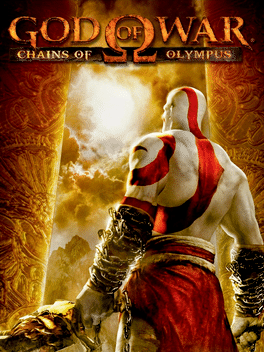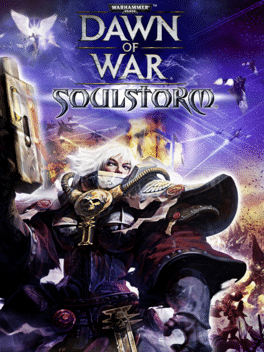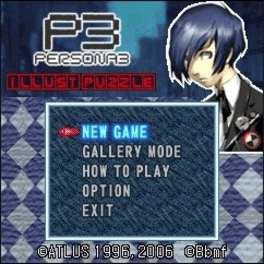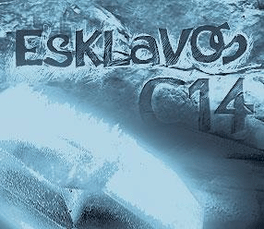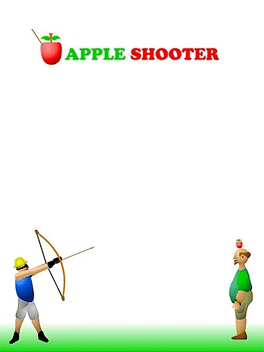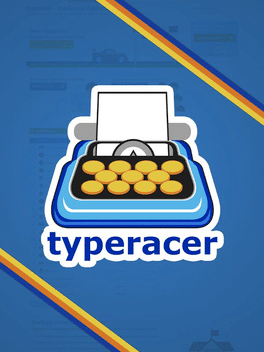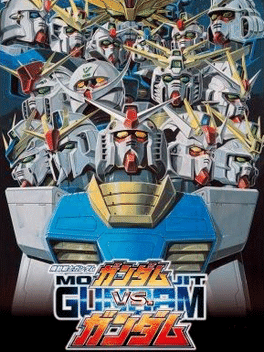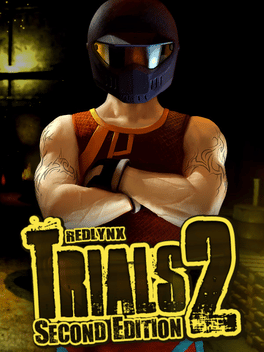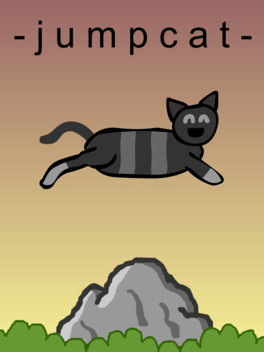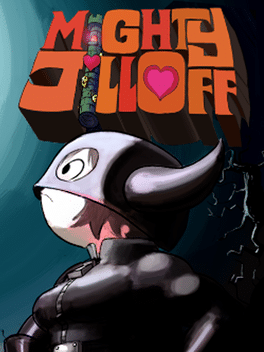New Games - Page 9998
-
God of War: Chains of Olympus
2008
star 8.2Kratos makes his inaugural appearance on a portable gaming platform in the third instalment of the God of War series. Chains of Olympus serves as a prequel, unfolding its narrative a decade before the events in the original God of War. While retaining the familiar gameplay dynamics of its predecessors, subtle modifications enhance the overall experience. Kratos embarks on a journey through various levels, engaging in relentless combat against foes and formidable bosses, deciphering puzzles based on manipulating boxes, and participating in quick-time events. Throughout his odyssey, he amasses red orbs to fortify his weapons and abilities, secures Gorgon eyeballs to augment his health, and acquires Phoenix feathers to amplify his magical prowess. The game's controls underwent refinement to harmonize with the reduced button configuration of the PSP. Dodging, for instance, now necessitates the utilization of both shoulder buttons and the analogue stick. The iconic Blades of Chaos, synonymous with the God of War series -
Warhammer 40,000: Dawn of War - Soulstorm
2008
star 7.3The third and final expansion to the genre-defining and critically-acclaimed RTS, Dawn of War. In Soulstorm, two new armies are introduced - Sisters of Battle and Dark Eldar - raising the total number of playable armies to nine. The revolutionary meta-game that was first introduced in Dark Crusade is further expanded to an interplanetary scale, allowing players to battle across the star system. Customize your hero's weapons, items and abilities as he grows in power and personalize your army's insignias, colors, banners and names. Earn and unlock achievements and medals to showcase your superiority online. -
Persona 3 Illust Puzzle
2008
Persona 3 Illust Puzzle is a nonogram-style puzzle game. Like traditional nonograms, cells in a grid must be filled in in order to correctly reveal the image. The puzzles in this game are primarily tied to the Arcana motif of the Persona series with a total of forty puzzles, in color and monochrome difficulty levels. By completing puzzles, players fill out the game's gallery. -
Fading Shadows
2008
Fading Shadows
2008
Fading Shadows is a puzzle game set in a vast real-life world with fantasy elements. Navigate your sphere using the beam of light. You will meet numerous obstacles on your way - reveal ancient writings, set fire, reflect light in the mirrors, and evaporate water. Your sphere can change in substance. -
Mr. Driller Online
2008
Mr. Driller Online
2008
star 5.5Players take on the role of a driller moving through levels of colorful blocks, avoiding the threat of being crushed by falling blocks, all while keeping their air supply from running out. Mr. Driller Online features single player modes including Standard Driller and Quest Driller, as well as online multiplayer support for up to four players on Xbox LIVE. In online multiplayer mode, players can participate in a split screen Solo Battle, where the best score wins, or in Tag Battle, where friends team up in pairs to beat the game. -
TrackMania Nations Forever
2008
star 6.9TrackMania Nations Forever offers a new "Forever" version of the Stadium environment, a solid solo mode and 65 brand new, progressively challenging tracks. TrackMania Nations Forever will unite an even larger number of players than the original Nations thanks to its engaging multiplayer modes, innovative online functions and revolutionary interactivity between players. -
Esklavos C14
2008
-
Karoshi
2008
Karoshi
2008
The original freeware puzzle-platformer in which the goal is to find out how to kill yourself. -
Adventure Rock
2008
Adventure Rock
2008
Imagine a place like nowhere else, where anything could happen. It's waiting for you. Adventure Rock, play, create, explore. -
Cars: Rev It Up In Radiator Springs
2008
Cars: Rev It Up In Radiator Springs is a Cars game that released for educational console V.Smile. -
Apple Shooter
2008
Apple Shooter
2008
Apple Shooter is an archery game that will test your skills as an Indian warrior. Being a sharp-shooter is what this game needs since the life of your friend depends on how well you target the apple. Every time you hit the apple, the distance between you and your friend will be farther. Also, there will be some sort of a barricade to make the difficulty more advanced. Your friend's life is at risk. There's no room for mistakes so be brave and be sharp enough to target the apple and try not to kill your dear friend. Take your time in controlling the power and direction of the bow to perfect the shot and save your friend. -
TypeRacer
2008
-
SWAT Elite Troops
2008
SWAT Elite Troops
2008
SWAT Elite Troops is the second game of the Police Quest series to be released for mobiles. -
Mobile Suit Gundam: Gundam vs. Gundam
2008
Mobile Suit Gundam: Gundam vs. Gundam is an arcade game that newly crossover with other Gundam in Gundam Vs. series. The game features up to 30 different Mobile Weapons, and a play system similar to previous titles in the Gundam Vs. series. -
Trials 2: Second Edition
2008
star 7.8The player must balance and control their speed so that they don't fall. There is a clock so that the player is pressured into completing the level faster, The game also has achievements, similar to Xbox 360 achievements. The game's multiplayer features include highscores, ghost challenge (where the user plays against the ghost of any other player in the high score list) and online player profiles with team, country and player statistics. The game uses 3-D graphics, but is played on a 2-D plane, so the player can only move forwards, backwards, up or down (not left or right). -
Jumpcat
2008
Jumpcat
2008
Jumpcat is a fast CPG (Cat-playing game), where you need to power jumps correctly to avoid the trees, rocks, helicopters, and missiles coming at you. -
Clannad Full Voice
2008
Clannad Full Voice
2008
A port of PlayStation 2's Clannad for the PC which imports the full voice acting from it and adds supplementary graphics and higher-definition options, -
ToHeart2: AnotherDays
2008
ToHeart2: AnotherDays is a spin-off from ToHeart2, taking place sometime after the events of the original game, its main storyline allows the player to pursue seven heroines consisting of both supporting female characters from To Heart 2 and new characters. In addition, it also contains two additional scenarios that extend storylines from the original game. -
Mighty Jill Off
2008
Mighty Jill Off
2008
Jill wants to please the Queen but Jill always fails. Jill has to punish herself to reach the top of the dungeon and reunite with the Queen. -
Silent Hunter 4: Wolves of the Pacific - U-Boat Missions
2008
star 7.6Experience the thrill of the hunt! Prowl the waters as the captain of a German submarine in a never-before-seen theatre of operations the Indian Ocean. Take part in the war against British supply lines off the coast of North Africa and support the Japanese war against the U.S. Navy.

